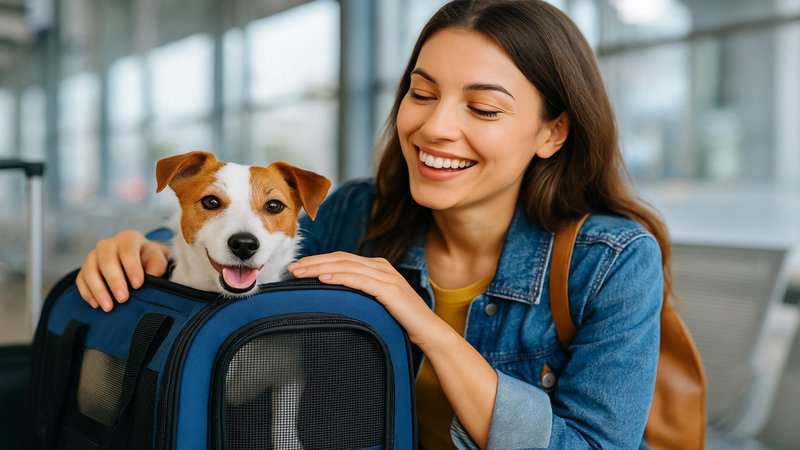Traveling with pets can be incredibly rewarding, but it’s not without its unique set of challenges. Whether you’re planning a road trip, flying across the country, or simply visiting family, traveling with your animal companions requires thoughtful preparation. From choosing the right carriers to managing pet anxiety and health, every detail matters. A little planning can make all the difference, turning a potentially stressful experience into an enjoyable adventure for both you and your furry friend. Explore these essential tips and strategies to ensure your next journey is as smooth as possible.




















